Hagosudong Beach (하고수동해변)
2022-07-28
Yeonpyeong-ri, Jeju-si, Jeju-do
+82-64-740-6000
Hagosudong Beach, often referred to as "The Saipan of Korea" with its sandy beach and spectacular formation of rocks and cliffs, is located on Udo Island off the coast of Jeju Island. Although all beaches surrounding Jeju are beautiful, Hagosudong is more exotic and distinctive in nature. With a fairly shallow sea level and soft sand, visitors of all ages can enjoy relaxing and walking along the shore while gazing out at the pristine ocean vistas. During the summer season visitors can enjoy watching a firework-like nighttime view of the fishing boats lighting up the ocean.
Ulleung Jukdo Island (죽도(울릉))
2021-07-30
59-9, Jukdo-gil, Ulleung-gun, Gyeongsangbuk-do
+82-54-790-6454
Jukdo Island is a small inhabited island near Ulleungdo Island, located 4 kilometers apart from Jeodonghang Port and 7 kilometers away from Dodonghang Port, both of which are nestled northeast of Ulleungdo Island. Normally, tourists visit Jukdo Island on their way back to the 'mainland' by taking a ferry service that departs from Dodonghang Port.
The natural environment of Jukdo Island is uncontaminated, thus almost everything is so pristine to the extent that people can even collect rainwater to drink, much thanks to its geological and cultural distance from the more modernized parts of Korea.
Iljasan Mountain Natural Park (일자산자연공원)
2021-04-23
660, Dongnam-ro, Gangdong-gu, Seoul
Iljasan Mountain is the tallest peak in Gangdong-gu, Seoul, providing the western boundary between Gangdong-gu and Hanam-si, Gyeonggi-do. Iljasan Mountain is one of the best spots in Seoul to watch the sunrise. Located on the mountain is the house of Master Lee Jip (pen-name Dunchon), providing a good getaway spot for local residents. Lee Jip was a loyal government official during the reign of King Gongmin during the late Goryeo dynasty. He was forced to move to an underground tunnel in the southwest side of Iljasan Mountain to avoid entrapment by Shin Don, a person of influence at the time. While living in hiding, he took the pen-name Dunchon (meaning drawing back to the countryside) to symbolize the hardships he was going through. The nearby area was named after him, being called Dunchon-dong.
Buramsan Mountain (불암산)
2021-04-23
22, Deongneung-ro 130ga-gil, Nowon-gu, Seoul
+82-2-2116-3943
Buramsan Mountain is an 508-meter high rock mountain, drawing the border between Junggye-dong and Sanggye-dong in Nowon-gu and Byeolnae-myeon in Namyangju.
The total area is approximately 5,355,396 square meters and was designated as a city nature park in 1977. The mountain is named after its appearance that resembles Buddha wearing songnak (headgear) and is also referred to as Cheonbosan or Piramsan Mountain. The ridge stretches long enough to enjoy the scenery and it's an easy hike because it is not too steep. In particular, the stunning view of Seoul at night unfolds at the top of the mountain.
Buramsanseong Fortress is located 420 meters above sea level and the rock cliffs are often used as rock climbing spots. There are also various hiking trails and about ten springs to get fresh mineral water. Burampokpo Falls is popular in winter among ice climbing enthusiasts.
The Bay 101 (더베이101)
2025-10-23
52 Dongbaek-ro, Haeundae-gu, Busan
The Bay 101 is located in a culture and art complex in Haeundae area, attracting many visitors to the area thanks to the beautiful nightscape that it offers. It has become a top attraction for enjoying brunch or drinks and dinner at the cafes and restaurants located here, with terrace and rooftop views of the cityscape. A yachting program is also available for visitors looking to get closer to the water.
◎ Travel information to meet Hallyu’s charm – TV series "Strong Girl Nam-soon"
Geum-joo and the investors discussed Brad song as they took a yacht tour from The bay 101, a prime spot where Busan’s ocean and cityscapes meet. Hop on a yacht and cruise along Haeundae’s waters to experience the luxurious nightlife of Busan.
Aqua Planet Jeju (아쿠아플라넷 제주)
2025-12-15
95 Seopjikoji-ro, Seogwipo-si, Jeju-do
Aqua Planet Jeju boasts the largest aquarium facility among East Asian countries. Housing over 45,000 marine creatures from domestic regions and abroad, Aqua Planet Jeju is a highly recommended family-friendly attraction. The highlight of Aqua Planet Jeju is its main tank which contains 6,000 tons of water and houses 27,000 fish, showing marine life up close. This fish tank facility is twice the size than that of Aqua Planet Yeosu, and over three times larger than that of Seoul COEX Aquarium and Busan Sea Life. What makes this aquarium event more special is the Jeju haenyeo (female divers) diving performance, which is only available in Aqua Planet Jeju.
Choryang Ibagu-gil & Sanbok Road (초량 이바구길 & 산복도로)
2019-01-23
Areas of Choryang-dong, Dong-gu, Busan-si
Located near Busan Station, Choryang Ibagu-gil street was formed when people started building houses on top of the hill during the time of poverty. An observatory, Ibagu Archive Center, Yu Chi-hwan Postbox, and other places perfect for photos can be seen along the road leading up to the hilltop. Atop the hill, a wide road known as the Sanbok Road features an open view of Busan's downtown within a sight. The night scene is especially beautiful from this road, as the lights from the neighborhood twinkle and gleam as the surrounding area gets darker.
Geommeolle Beach (검멀레해변)
2023-11-08
Udohaean-gil, Jeju-si, Jeju-do
+82-64-740-6000
Under Udobong Peak is Geommeolle Beach, a very small beach, reaching only about 100 meters in total length, with a name literally translating to "black sand" in the Jeju dialect. Visitors can enjoy a beautiful sunrise, peaceful beach and the cool ocean water in the cave at the end of the beach.
Udo Sanho Beach (Seobinbaeksa) (우도 산호해변 (서빈백사))
2023-10-16
252, Udohaean-gil, Jeju-si, Jeju-do
+82-64-740-6000
Udo Sanho Beach, often referred to as Seobinbaeksa Beach, is a red algal nodule beach. The ocean here varies in colors, from bright emerald to deep sapphire according to its depth for a view incomparable to any other ocean views.
Sinseondae Cliff (신선대 (부산))
2019-01-16
6, Sinseon-ro 303beon-gil, Nam-gu, Busan
+82-51-253-8253
Stretched out from Hwangryeongsan Mountain, Sinseondae Cliff is namely the most popular viewing spotl ocated in Busan's coastal area. Thanks to its geological location, the Sinseondae commends imcomparable ocean vista over many other small islets scattered around the bay area. The site is 4,121.707 ㎥, fairly flat and even therefore a perfect place for visitors to stroll around the area. An old folktale has it that, the name 'sinseon' (or Taoist in English) was given because the sacred people came to the mountain to rest and play, attracted by its spectacular view. The area has been highly appreciated by visitors for some hundreds of decades, and a documentary from one notable scholar from the Silla Era, Choi Chi-won, testifies the impressive looks from during his time.
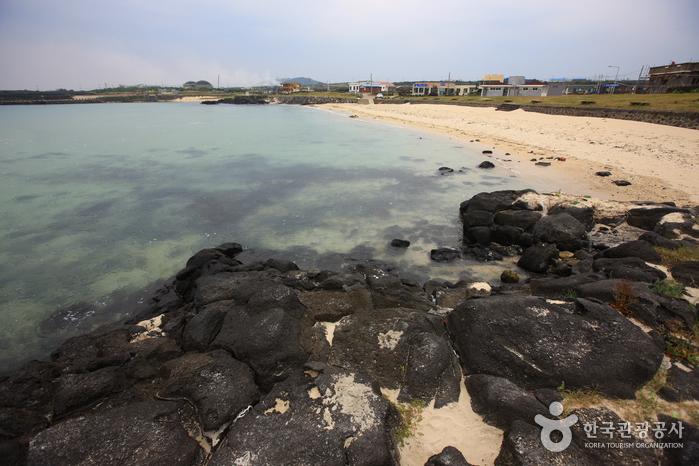
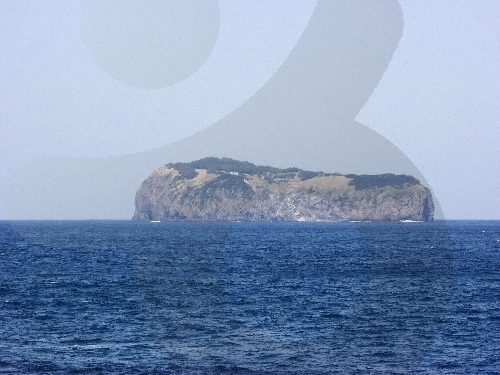
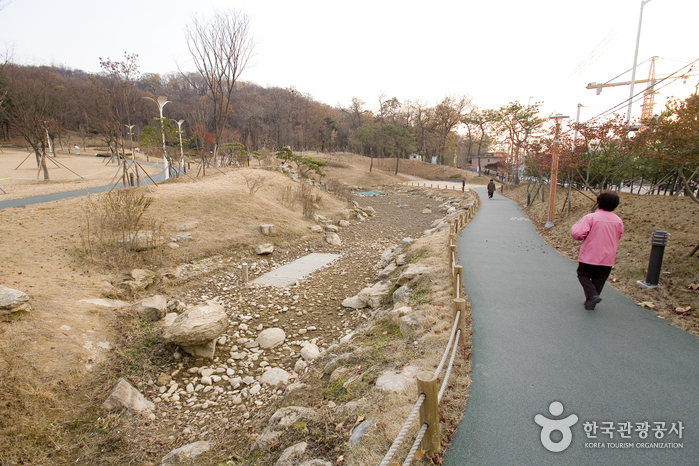
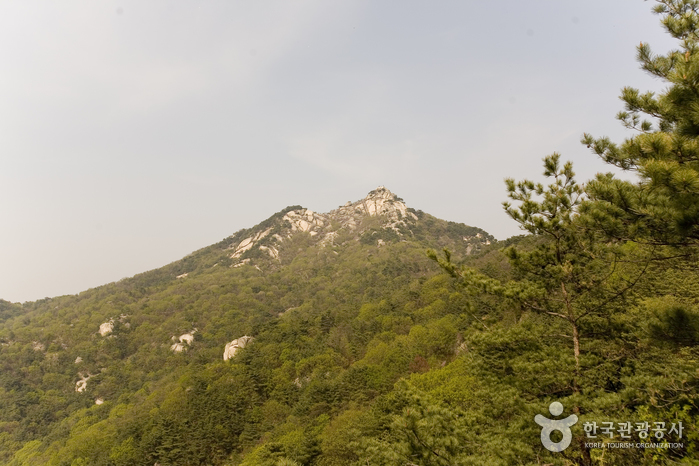
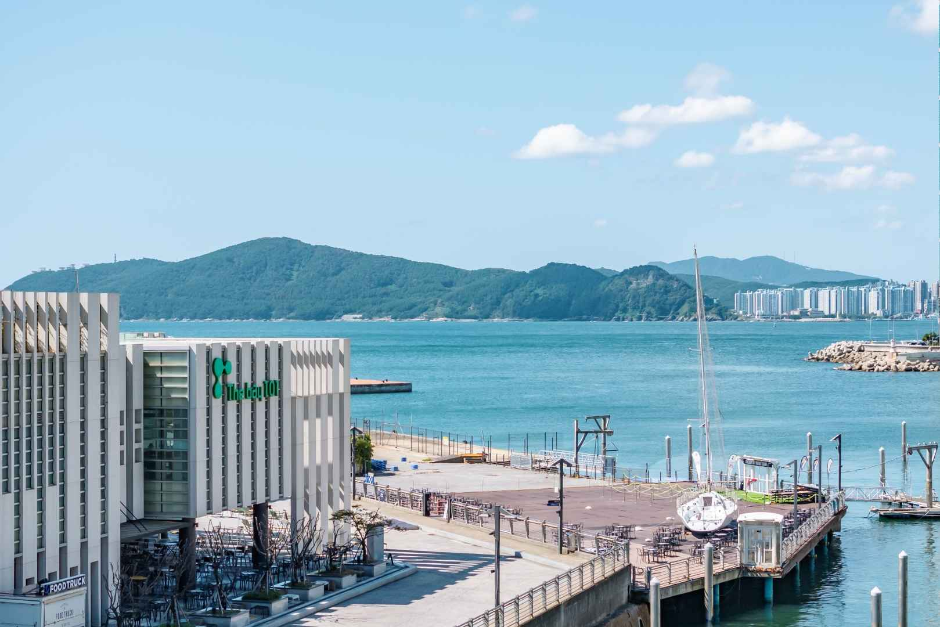
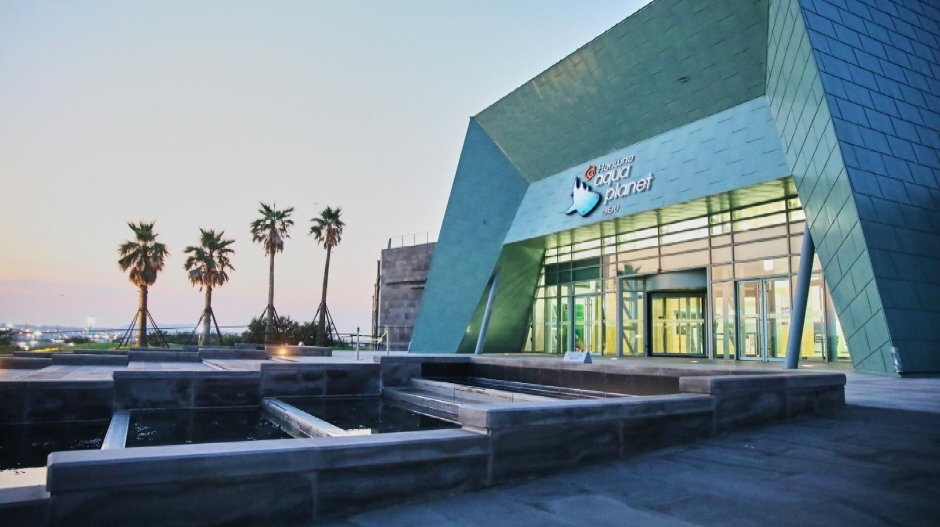
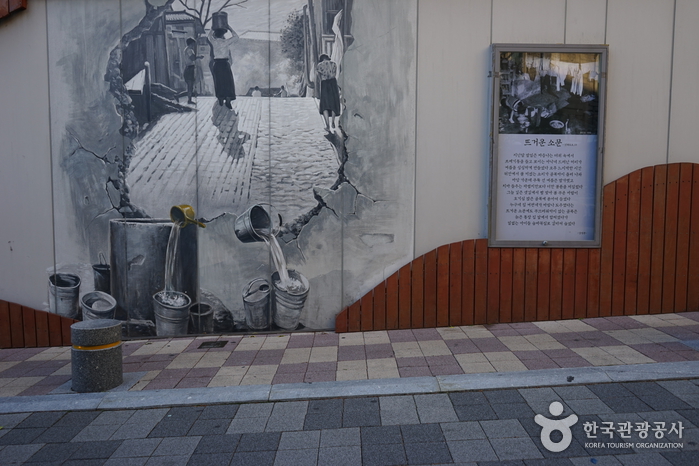

 English
English
 한국어
한국어 日本語
日本語 中文(简体)
中文(简体) Deutsch
Deutsch Français
Français Español
Español Русский
Русский